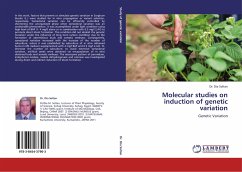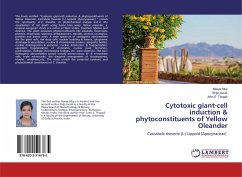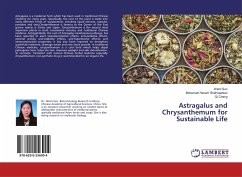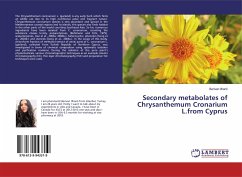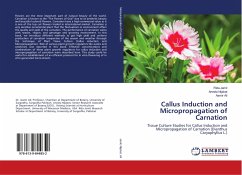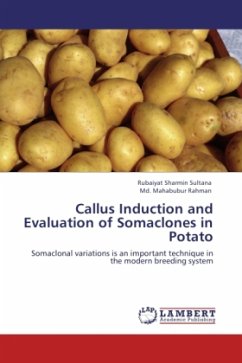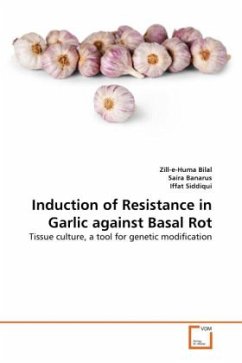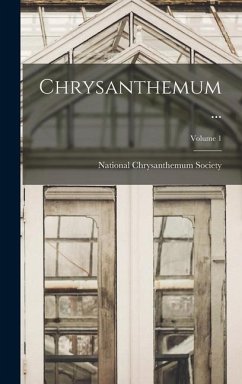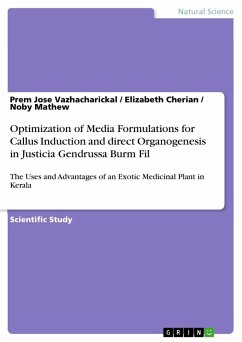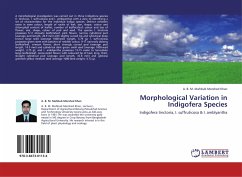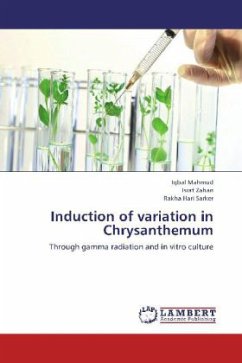
Induction of variation in Chrysanthemum
Through gamma radiation and in vitro culture
Versandkostenfrei!
Versandfertig in 6-10 Tagen
32,99 €
inkl. MwSt.

PAYBACK Punkte
16 °P sammeln!
Various explants of Chrysanthemum (Chrysanthemum morifolium Ramat.) were used to obtain genotype independent in vitro regeneration. MS medium containing 2.0 mg/l BAP and 1.0 mg/l NAA generated best response from leaf segments, 1.0 mg/l BAP and 0.5 mg/l NAA produced maximum response from nodal segments and 1.0 mg/l BAP and 1.0 mg/l NAA combination regenerated optimum response from shoot tip explants respectively. For rooting, maximum roots were obtained on half strength of MS medium supplemented with 0.2 mg/l IAA. Variation within attempt to multiple shoots produced were irradiated with gamma r...
Various explants of Chrysanthemum (Chrysanthemum morifolium Ramat.) were used to obtain genotype independent in vitro regeneration. MS medium containing 2.0 mg/l BAP and 1.0 mg/l NAA generated best response from leaf segments, 1.0 mg/l BAP and 0.5 mg/l NAA produced maximum response from nodal segments and 1.0 mg/l BAP and 1.0 mg/l NAA combination regenerated optimum response from shoot tip explants respectively. For rooting, maximum roots were obtained on half strength of MS medium supplemented with 0.2 mg/l IAA. Variation within attempt to multiple shoots produced were irradiated with gamma rays at 0, 10, 15 Gy. LD50 for this experiment was 14 Gy. Only the controls and treated plants at 10 Gy were survived in vitro culture. During RAPD analysis, three out of twenty primers resulted in polymorphic bands which allowed for distinguishing between the chrysanthemums cultivars examined. Based on genetic polymorphism, similarity among the cultivars was very high showing low genetic diversity, which is quite expected. RAPD can be used successfully to estimate the genetic relationship between two original and their radio mutants of Chrysanthemum.



